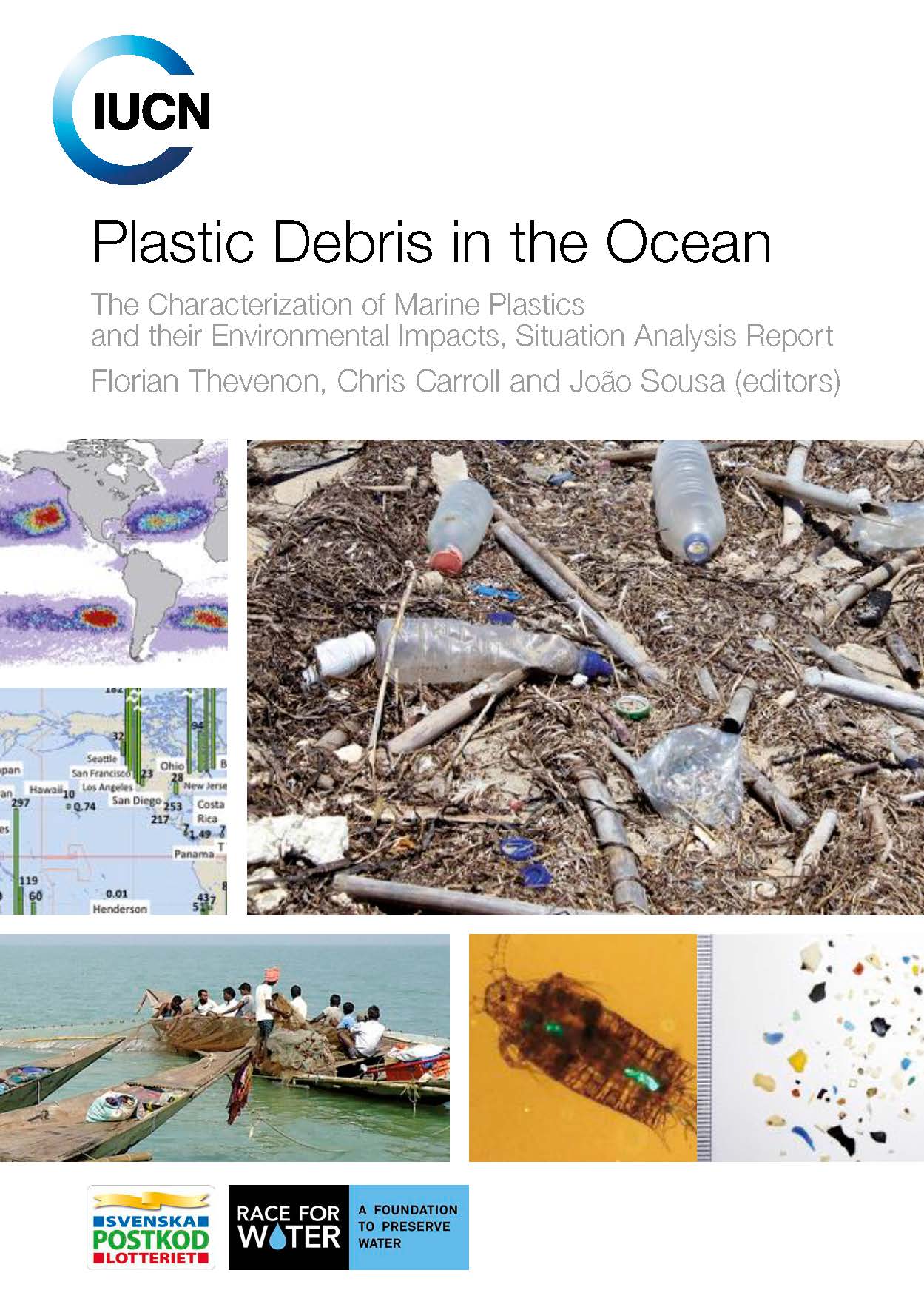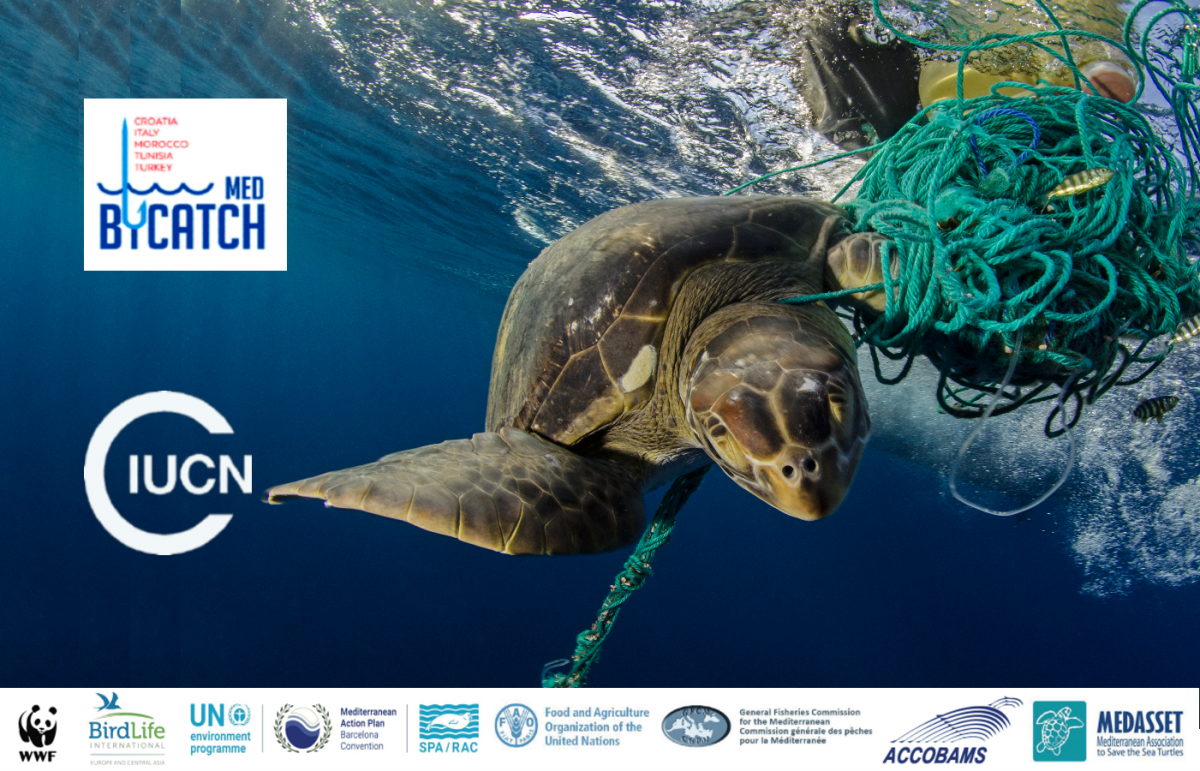Plastic Debris in the Ocean
The Characterization of Marine Plastics and their Environmental Impacts, Situation Analysis Report

Photo: © IUCN
Plastic debris has now become the most serious problem affecting the marine environment, not only for coastal areas of developing countries that lack appropriate waste management infrastructures, but also for the world’s oceans as a whole because slowly degrading large plastic items generate microplastic (particles smaller than 1 to 5 mm) particles which spread over long distances by wind-driven ocean surface layer circulation.Growing scientific and public awareness is fuelling global concern regarding the impact of plastic ingested by marine species and the accumulation of plastics in coastal and remote areas of oceans (in trash vortexes or gyres). Private and public initiatives, such as the volunteer beach cleanups and campaigns for removing beach debris, represent the major source of information concerning the amounts and types of marine litter. The regular cleaning by municipalities and public authorities to maintain beaches attractive to tourists engenders major economic costs.
It is now well recognized that drifting plastic debris has several adverse effects on marine species and ecosystems. However, there is still a lack of precise knowledge about the quantity, sources, transport, accumulation and fate of plastics in the oceans. The most visible and disturbing impact of marine plastic pollution is the ingestion, suffocation and entanglement of hundreds of marine species. Floating plastics, which are presently the most abundant items of marine litter, also contribute considerably to the transport of non indigenous (alien) marine species thereby threatening marine biodiversity and the food web. These floating particles accumulate toxic pollutants on their surface during their long-residence time in polluted seawater and can therefore represent a concentrated source of environmental pollution, or serve as a vector for toxic pollutants that accumulate in the food webs (bio-accumulation of contaminants).



